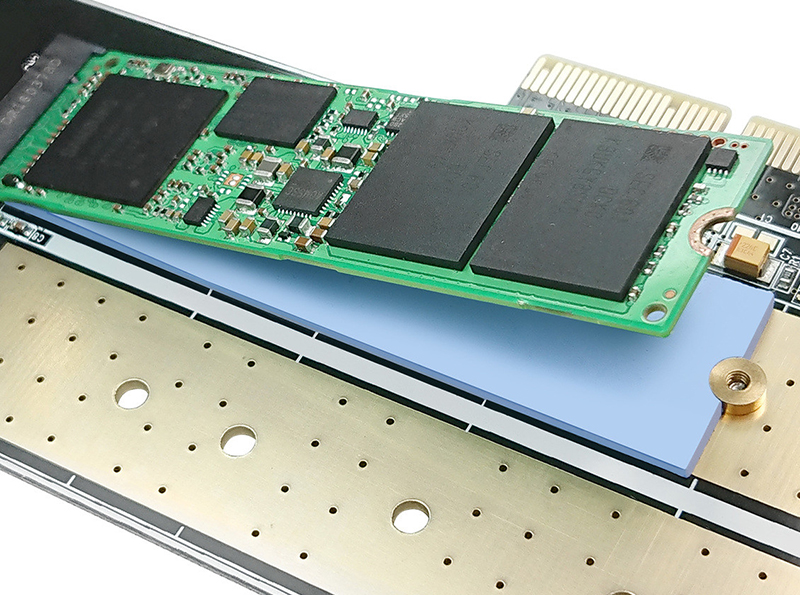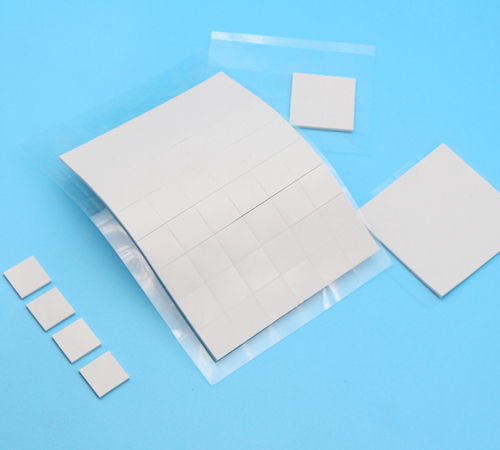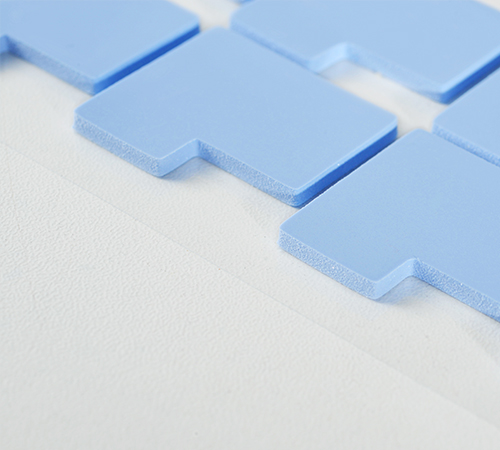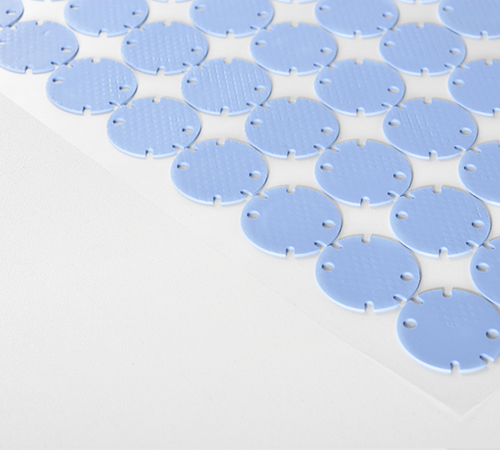Optimizing Thermal Silicone Pad Design: Synergy Between Thermal Conductivity and Density
In the field of thermal management, thermal silicone pads are often used as effective thermal interface materials (TIMs) for dissipating heat in electronic devices. Their primary function is to efficiently conduct heat, reducing the thermal resistance between the heat source and the heat sink, ensuring stable device operation. For evaluating the performance of thermal silicone pads, thermal conductivity and density are two key parameters. Understanding the relationship between them is crucial for material selection and application optimization.

1. Definitions of Thermal Conductivity and Density, and Their Influencing Factors
1.1 Thermal Conductivity Definition
Thermal conductivity, measured in "W/(m·K)," refers to the amount of heat transferred per second through a unit area under a unit temperature gradient. In simple terms, the higher the thermal conductivity, the better the material is at transferring heat. Therefore, thermal conductivity is a critical indicator of a thermal silicone pad's heat transfer efficiency.
The main factors affecting thermal conductivity include:
● Material composition and structure: The content and distribution of thermal fillers (such as aluminum oxide, boron nitride, etc.) significantly impact thermal conductivity.
● Microstructure: The internal crystal structure, porosity, and arrangement of particles also influence heat conduction.
1.2 Density Definition
Density refers to the mass per unit volume of a material, usually measured in "g/cm³." It reflects how tightly packed the atoms or molecules are within the material. For thermal silicone pads, changes in density typically correspond to the amount of filler content and the microstructure of the material.

2. The Potential Relationship Between Thermal Conductivity and Density
The relationship between thermal conductivity and density is not a simple linear one but is influenced by various factors. However, the relationship can be explored through the following mechanisms:
2.1 High Density Typically Corresponds to High Thermal Conductivity
In most cases, higher density in thermal silicone pads means more thermal fillers have been added to the matrix, with filler particles packed more tightly, reducing the heat conduction path. As a result, thermal conductivity increases. Specifically, the higher the content of thermal fillers, the greater the density, and the more seamless the heat conduction paths between filler particles, enhancing the overall thermal conductivity.
For example, in boron nitride-filled thermal silicone pads, as the boron nitride content increases, the density of the material also increases, leading to an improvement in thermal conductivity. This is because the thermal conduction between boron nitride particles is more efficient than within the silicone matrix.
2.2 High Density Does Not Always Mean High Thermal Conductivity
Although thermal conductivity and density are often positively correlated, there are exceptions. For instance, an increase in density may result from non-thermal fillers or defects such as pores within the material, which can reduce thermal conductivity. In thermal silicone pads, if the added filler does not have good thermal conductivity, an increase in density could lead to a decrease in thermal conductivity.
Additionally, the continuity of thermal paths is crucial for heat conduction. Even if the material is dense, if the filler distribution is uneven or if there are "thermal breaks" on the microscopic level, the material’s thermal performance can be compromised. Therefore, when designing high thermal conductivity materials, not only density but also the uniform distribution and microstructural consistency of fillers must be considered.
2.3 Types and Shapes of Thermal Fillers Affect the Relationship Between Thermal Conductivity and Density
The type and shape of thermal fillers also influence the relationship between thermal conductivity and density. For example, flake-shaped, spherical, or fibrous fillers form different microstructures within the material, impacting the overall density and thermal conductivity.
In the case of fiber-shaped fillers, while the material’s density increases, its thermal performance might not surpass that of a material with flake-shaped fillers of the same density. This is because fiber-shaped fillers may introduce more interfacial thermal resistance, reducing the overall thermal conductivity.

3. Optimizing the Design of Thermal Silicone Pads: Balancing Thermal Conductivity and Density
In the practical design of thermal silicone pads, manufacturers must balance the relationship between thermal conductivity and density to achieve optimal heat management. Increasing density can be accomplished by adding more thermal fillers, but uneven filler distribution or the presence of pores can impact the final thermal performance.
3.1 Composite Material Design
By reasonably combining different types and shapes of thermal fillers, it is possible to maintain high density while ensuring uniform filler distribution and continuous heat conduction paths. For example, combining flake-shaped and particulate fillers ensures high density and reduces thermal resistance, thus improving overall thermal conductivity.
3.2 Controlling Microstructure
Through advanced manufacturing techniques such as compression molding or high-temperature sintering, pores and defects within the material can be effectively reduced, ensuring the continuity of thermal paths. This way, even with high-density materials, thermal conductivity can be improved.
4. Conclusion
The relationship between thermal conductivity and density in thermal silicone pads is complex, influenced by material composition, structure, and filler distribution. While higher density typically correlates with higher thermal conductivity, this is not absolute. To achieve the best thermal performance, manufacturers must consider the types, shapes, and distribution of thermal fillers, and use advanced manufacturing techniques to minimize voids and defects. Only through these measures can thermal silicone pads be optimized for effective heat management in practical applications.
This insight is especially important for manufacturers of electronic devices, particularly in scenarios requiring high-density components and high-performance demands.



 CN >
CN >



